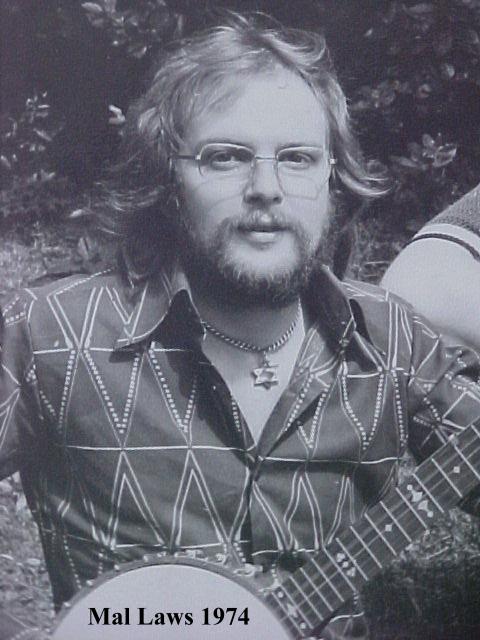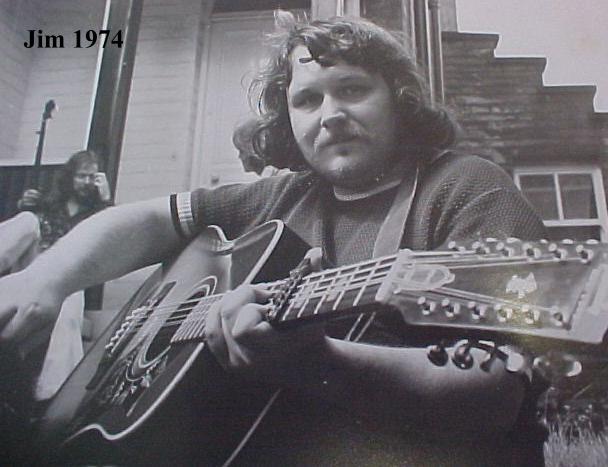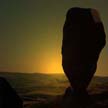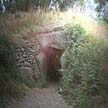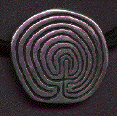

On the morning of the first Sunday in June 1973, I set out on a journey. I could not know then that it was a journey that was going to remain with me in one form or another for the rest of my life, a journey that would be first a young man's rite-of-passage and later a source for all manner of creative inspiration. Here I was, 23 years old, sheltering from a brief shower on the foreshore at St. Bees, Cumbria, armed with rucksack, boots, staff and a just-published walkers guidebook by A. Wainwright - 'A Coast-to-Coast Walk'. My objective was simple - to walk, alone, across Northern England to Robin Hoods Bay on the Yorkshire coast, traversing the Lake District, The Pennines and the North Yorkshire Moors in the process.. What happened on that journey, and what transpired after it as a result, is the subject of this website.
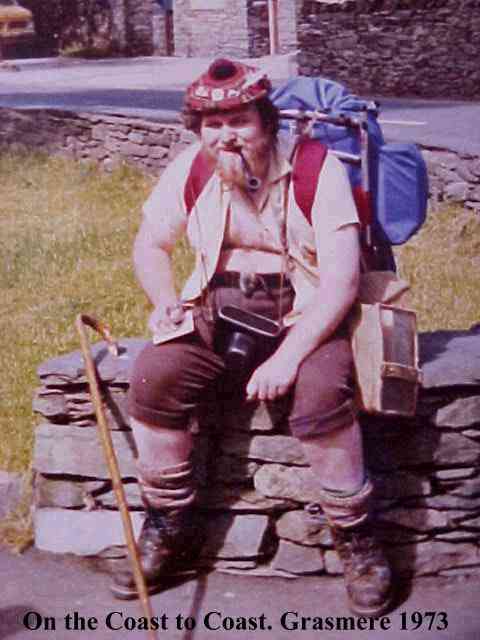
Many people have undertaken the 'Coast -to -Coast Walk' since the early seventies. But when I did it, the route was fresh and unspoiled. The only other person I encountered making the journey was a young man named Ian, and he, like myself had encountered incredulity among many people who had never heard of this new long distance way. When we walked separately, we were able to pick up on each others traces, but when we walked together there was no sign of anyone else on the route. For that brief summer window, eleven days of fine, warm weather, the Coast-to-Coast Walk was ours and ours alone. On parts of the walk we felt we were the first people there since Wainwright had surveyed the route, and that consequently his book might be dedicated to us! As I have said, the journey was a rite-of passage. The bronzed and muscular young man who limped into Robin Hoods Bay imbued with a 'can do' confidence that was to support him for years to come, was a far cry from the timid overweight young man who set out from St. Bees eleven days before. I had completed a rare expedition - little did I know that a much bigger journey was just beginning.
The following year, I was back at Robin Hood's bay again. This time, accompanied by my friend Mal Laws, I had designs on a reverse crossing back to St. Bees. Alas, the attempt was doomed to disaster! Soaked through, belaboured by wind and rain, we finally gave up the ghost at Grasmere when we ran out of cash! It was a disappointment, but by now the factors that would result in 'The Pathfinder' were well under way.


Soon after we joined Bob as part of the Waggonners Folk Group on a writing course at the Arvon Foundation at Ted Hughes' former house at Lumb Bank near Hebden Bridge, West Yorkshire. Shortly afterwards, Bob got the position of writer-in-residence at Lumb Bank and moved into the adjacent cottage. It was lovely weather at Lumb bank, We would walk the moors, relax, drink in the White Lion at Heptonstall, or sit out in the evening as the pipistrelles flitted around outside up from their roosts in the ruined mills below. It was while at Lumb Bank that I wrote a poem on the dining room table. I didn't actually write it ON the table, it was just that the imprint of my pencil went through the paper and marked the soft wood underneath. The impression remained there for long afterwards - or so I was told. We had been discussing Alfred Watkins Book - The Old Straight Track, and had become very interested in the idea of 'leys' and it was this that led me to write the poem. That poem was called THE PATHFINDER.
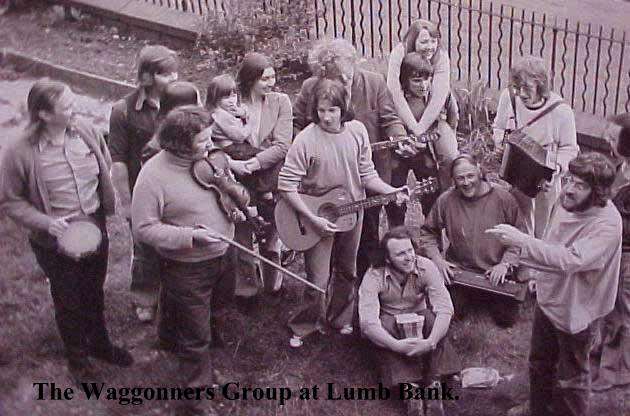
Not long afterwards Mal Laws and I tried putting the poem to music - it came together well, but we were hardly going to make an album out of it. We had to come up with something bigger. Not long after it occurred to me - why not use the recent 'Coast-to-Coast' Walk adventure as the framework for a mystical journey along an imaginary 'ley' in search of some kind of spiritual truth? Brilliant huh?! The walk was a rich vein of material - lots of folklore, archaeology and topography. The Pathfinder would be the first song lyric ever written that needed explanatory footnotes!
So the overall idea of 'The Pathfinder ' was born. The poem was to become the basis for 'The Prologue', and the lyrics for the rest of the song sequence quickly followed. Putting all this to music, however was to prove an ambitious, time consuming and difficult undertaking.. The first recordings were made on a Sanyo tape recorder in Mally's attic bedroom on Halifax Road, Buttershaw, Bradford, with help from Dave Hughes and Graham Anderson.
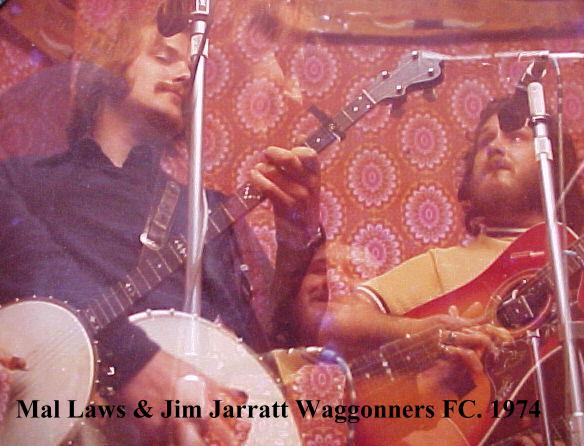
They must have sounded good (the idea was folk-rock with a 'Vaughan Williams' touch!), for not long afterwards we not only got a good review from Margaret Grimsdell in the Yorkshire Arts Magazine, but also an offer of free use of the YAA's recording facilities at their Communications Centre on Chapel Street, Bradford.
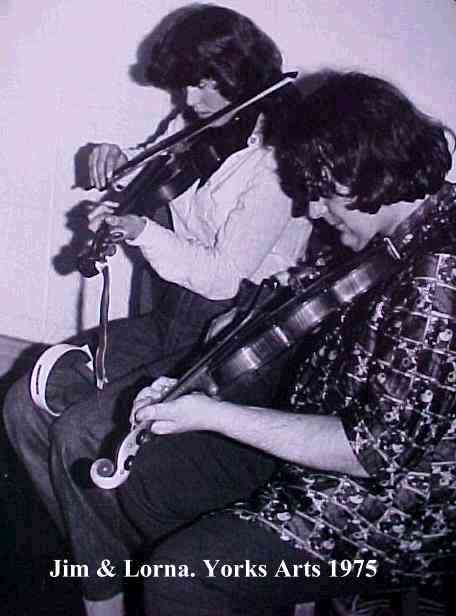
Thus it was that we met Alf Bower. Alf was primarily an art house film maker, but he wanted to brush up on his recording skills, and our project seemed ideal. From that point on it mushroomed. Nigel Broadbent joined us from the Waggoners, Dave Sharpe on drums, Trevors daughter Lorna on fiddle. Between us, on a Teac tape machine and a four track mixer, we put together some stunning tracks with bass, drums, acoustic guitars, electric guitars, whistles, flutes, strings, clarinet, dulcimer, mandolin and fiddle. Then it ran out of steam! Without any financial backing or incentive we couldn't keep the momentum going., and it got increasingly hard to get everyone to session. By the end of 1975. The project was shelved becoming effectively a dead duck.
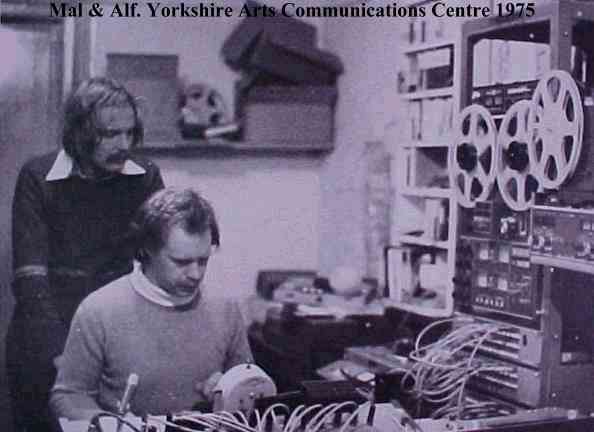
But that wasn't the end of it. After a hiatus of a couple of years, and the acquisition of decent domestic recording gear we started up again - this time at Malcolms House. Now we lacked a drummer, but we had acquired a good lead guitarist in the form of Paul Zdanowicz, who was quite hooked on the project. More recordings were made, many of them good, and we finished the piece, but it somehow lacked Alf Bower's touch at Yorkshire Arts. I suspect that corners were cut, simply to get it finished. Three items were dropped from the original libretto, just to enable us to fit it on two sides of a cassette! Finished, The Pathfinder was an anticlimax! In the first half of the seventies it had been aimed at the 'folk-rock' market, possibly at a contract with a folk based label like Transatlantic Records. But by 1979, the 'folk rock' trend had passed into history and there was no potential market for a piece like 'The Pathfinder'. We mixed down our copies, and went our separate ways. We'd finally made our mystical journey to Robin Hoods Bay only to find that when we got there we'd missed the boat!!
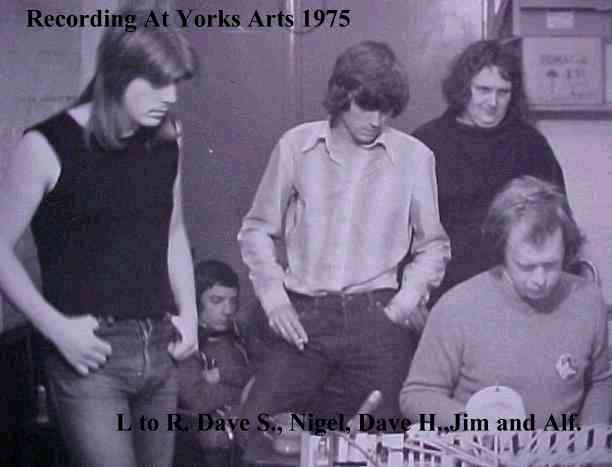
So, throughout the 1980s The Pathfinder' went to ground once more - spoken of with enthusiasm only by those who had participated in the project and remembered it fondly while 'in their cups' 'A memory in the hawthorn hedge!' And so it remained, until the late nineties, when Mally one day informed me that he had done a full computer sequence of the whole piece. Not long afterwards, reverting to the 'single handed' principle of the Coast-to-Coast Walk , I sequenced up the parts that had been dropped from the original libretto, I overdubbed a complete vocal part over it and wrote the whole lot to a master CD. A few copies, a bit of classy label design and the Pathfinder, after years of tribulation, had finally made it onto a saleable disc. How easy it was in the end!
Now there are two versions of the Pathfinder. The original 70s recordings, and the 90s sequenced version. Mally created the sequence faithfully in the spirit of the original, and his work is excellent, with the advantage of a stylistic homogeneity that was lacking in the earlier version, due to the staggered sessioning and multiple vocalisations. Of course MIDI has its downside too, in that parts of it tend to sound artificial, but overall the job is well done - and feels much more complete than the original. Its really all a matter of taste! So now in 2002, middle aged and grey, it seems that at long last, I have reached the end of that north country journey I made so long ago, when I walked from that clifftop at St. Bees. But is the journey really over? Pathfinder was once envisioned, first as a documentary film, and then as a son-et-lumiere. Songs derived from it have been much gigged down the years, but the piece as a whole has never been performed live. Now with the advent of the internet, the story is online for all to see, this project that stirred so many hearts and initiated so much activity from so many people. Who knows? Perhaps in the early years of the 21st century a whole new band of friends will be sallying forth to 'take to the land and follow the ley!'
